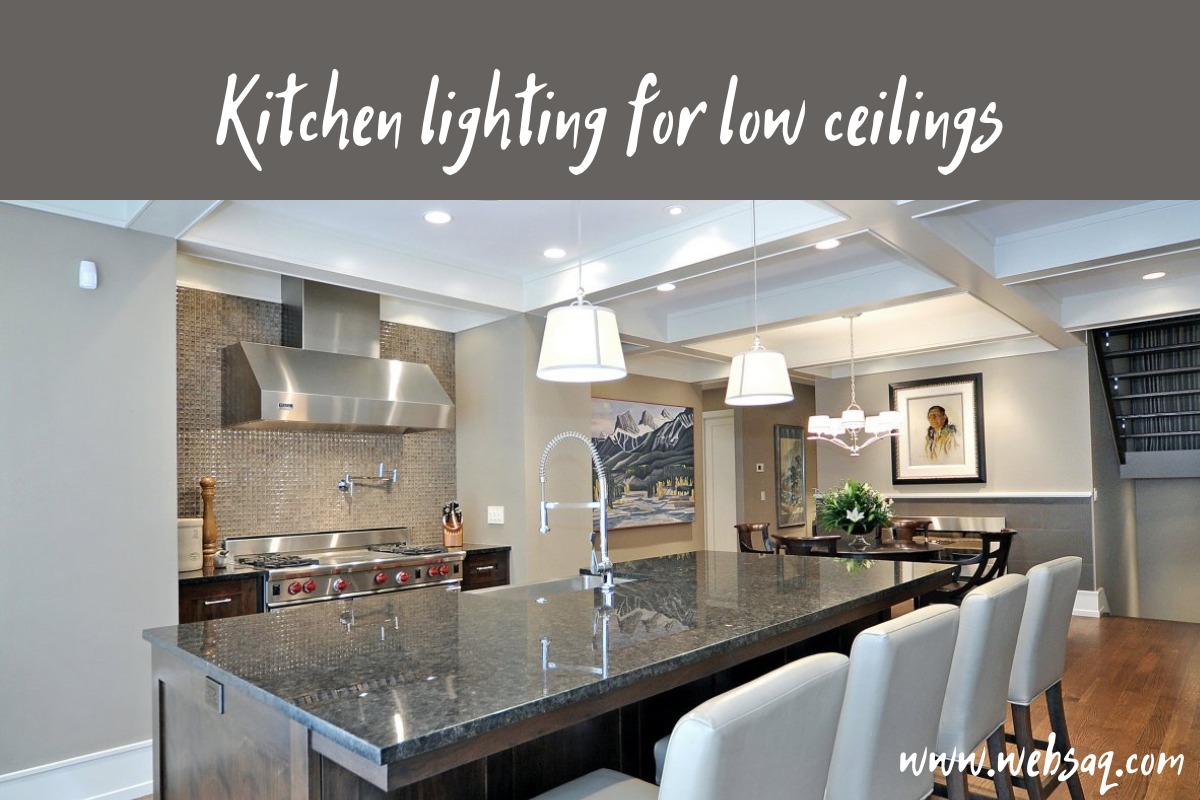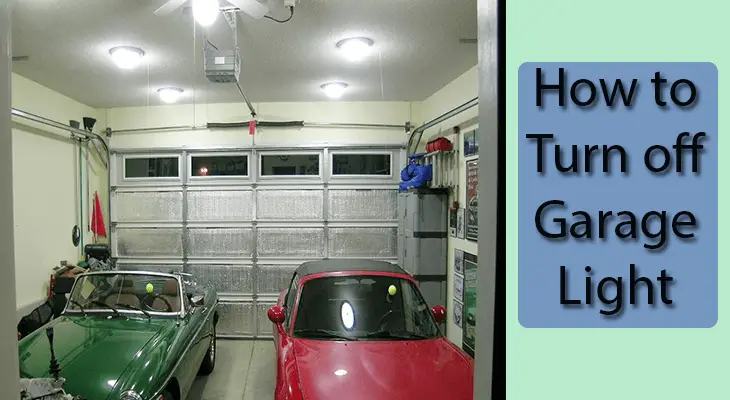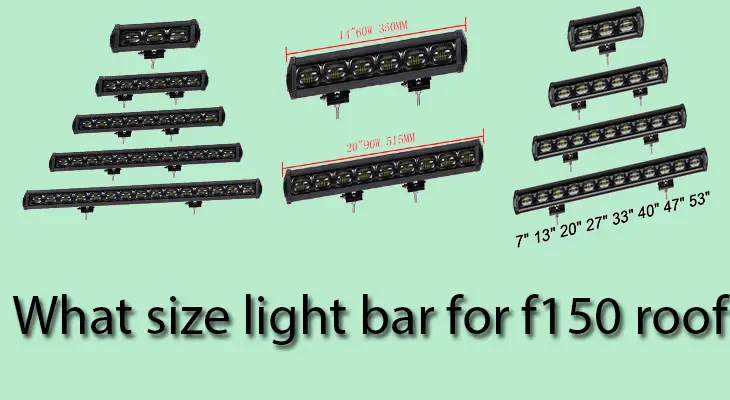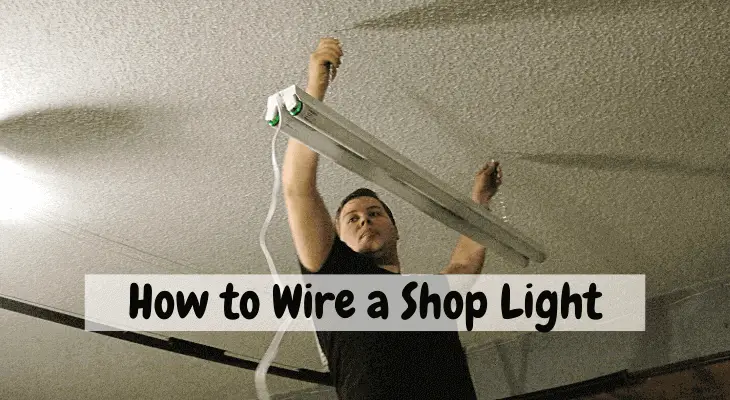How long can LED lights stay on? This is a question that we often get asked here at WebSaq. The answer, like with most things, is that it depends.
LED lights have become increasingly popular in the recent past because they are very durable and efficient. Most LED lights come with a lifespan of 50,000 to 100,000 hours. This means you don’t have to constantly replace your bulbs, which saves time and is a much cheaper option.
But how long can your LED lights stay on? Read on to find out how long LED lights can last.
Table of Contents
- Is It OK to Leave LED Lights On All The Time?
- How Long Can LED Lights Stay On? (LED Lights Lifespan)
- Factors Affecting How Long LEDs Stay On
- FAQs
- Conclusion
Is It OK to Leave LED Lights On All The Time?
High-quality LED lights are durable and can be left on all day and every day. However, this is not the case for cheaper and low-quality LED lights.
LEDs emit minimal amounts of heat compared to traditional types of lights, so they are not a risk for starting a fire. But this doesn’t mean you should leave the lights on all day.
How Long Can LED Lights Stay On? (LED Lights Lifespan)
As stated earlier, LED lights have a lifespan of 50,000 to 100,000 hours. Therefore, they can stay turned on for 12 hours daily for up to 22 years! LED lights have proved to be a long-lasting and efficient source of light.
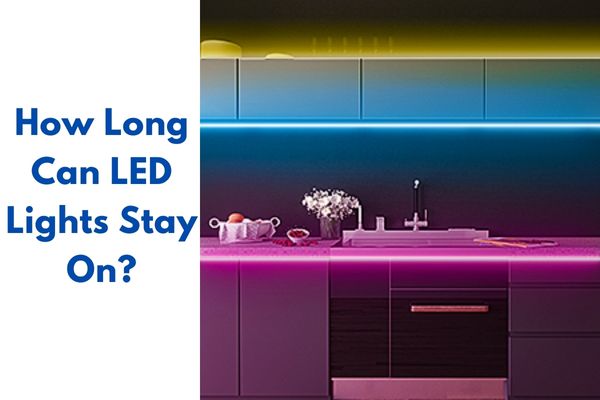
LED lights can stay on for a very long time! In fact, with proper care and maintenance, these lights can last for decades. Of course, how long the LED lights will last depends on a number of factors, including the quality of the lights and how often they are used.
However, when your LED lights stay on, they will slowly decrease in brightness but will not turn off immediately.
Although they are a reliable light source, they do not last forever. If you notice your LED lights getting dimmer, you should replace the bulb.
Factors Affecting How Long LEDs Stay On
The Quality of the LED Light Bulb
LED light bulbs are not created equal. The build quality of a LED light determines its lifespan. Cheaper LED lights may have a shorter lifespan, while more expensive, high-quality ones can last for years. LED lights with a good warranty are a clear indication of their quality.
The Power Outage
When there’s a power outage, your LED lights will function well. Compared to CFL bulbs with a small amount of mercury, LED lights have no fragile components that a power surge can damage. But if power comes back on abruptly, your LED lights might flicker.
The Driver
The driver of the LED light converts the electricity into the right voltage, current, and waveform to make the LED function. A good driver will be as long-lasting as the LED, so ensure you buy LED lights from a trusted manufacturer.
The Switching Cycles
The lifespan of your LED light can be determined by how often you turn it on. If you turn it on and off frequently, this will shorten its lifespan. This is because a slight power surge can destroy the bulb every time you turn it on. If your lights will be turned on and off frequently, invest in a LED light designed for that purpose.
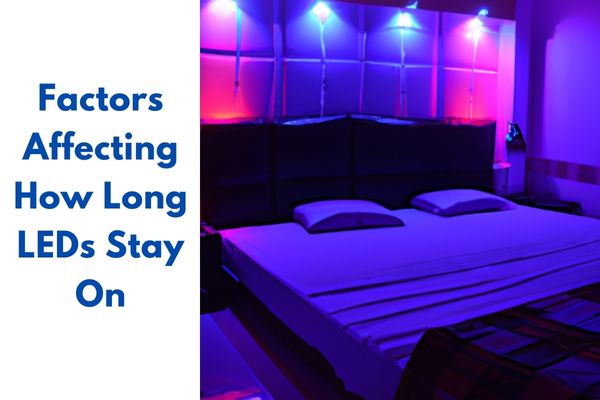
The Temperature
LED lights can handle cold temperatures better than hot ones. If you are in a hot region, your LED light may not be as durable as in a cooler area. This is because high temperatures can damage the internal components of the LED light.
Energy-Efficiency
LED lights are more energy-efficient compared to traditional light bulbs. However, high-quality LED lights are more efficient than cheaper ones. Expensive LED lights emit less heat, which makes them long-lasting. If you plan to leave your lights on for long hours, go for the more energy-efficient models.
The Voltage
The voltage of your electrical system might affect the lifespan of LED Lights. If you use high voltage, it can ruin the internal parts of the LED light. Most lights can function well with a 120V system, but some can handle higher voltages. Ensure your light specifications are compatible with your electrical system before installation.
Proper Ventilation
Proper ventilation is crucial for all lights but very important for LED lights. This is because they produce less heat than other lights, which can damage the internal parts of the light. Therefore, proper ventilation keeps the LED light cool and dissipates heat.
Related: LED Light Fixture Not Working? Common Fixes
FAQs
Generally, yes. But it might not be a good idea. Artificial lights, including LEDs, can disrupt your normal sleep patterns. When you include artificial light in your sleep routine, the body’s natural rhythms are confused. Additionally, LED lights produce blue lights, which suppress the production of melatonin (the substance that makes you sleepy). Although LED lights won’t hurt by staying on, your sleep schedule will be affected.
LED light bulbs are very energy efficient and use less electricity compared to other light bulbs. This makes them an ideal choice for both the environment and the wallet.
It’s highly unlikely. LED lights are solid-state light and don’t have an actual “bulb” like other light sources. Therefore, LED lights produce less heat compared to other light bulbs. Although they may feel warm to the touch, they are less likely to catch on fire.
Conclusion
LED lights are an efficient and safe type of light bulb that can last for years when used correctly. Ensure you don’t leave them on for too long or use them in an environment where they can overheat.

Here, I provide valuable insights into the lighting industry, drawing from 12 years of experience. My aim is to share useful and practical tips, life hacks, and comprehensive product reviews. I hope that collective expertise, advice, and recommendations prove beneficial to you.

